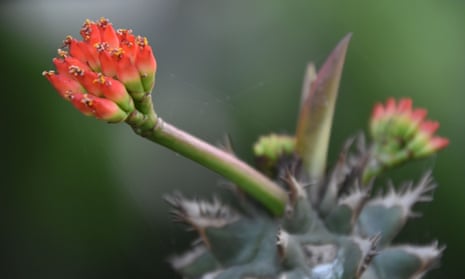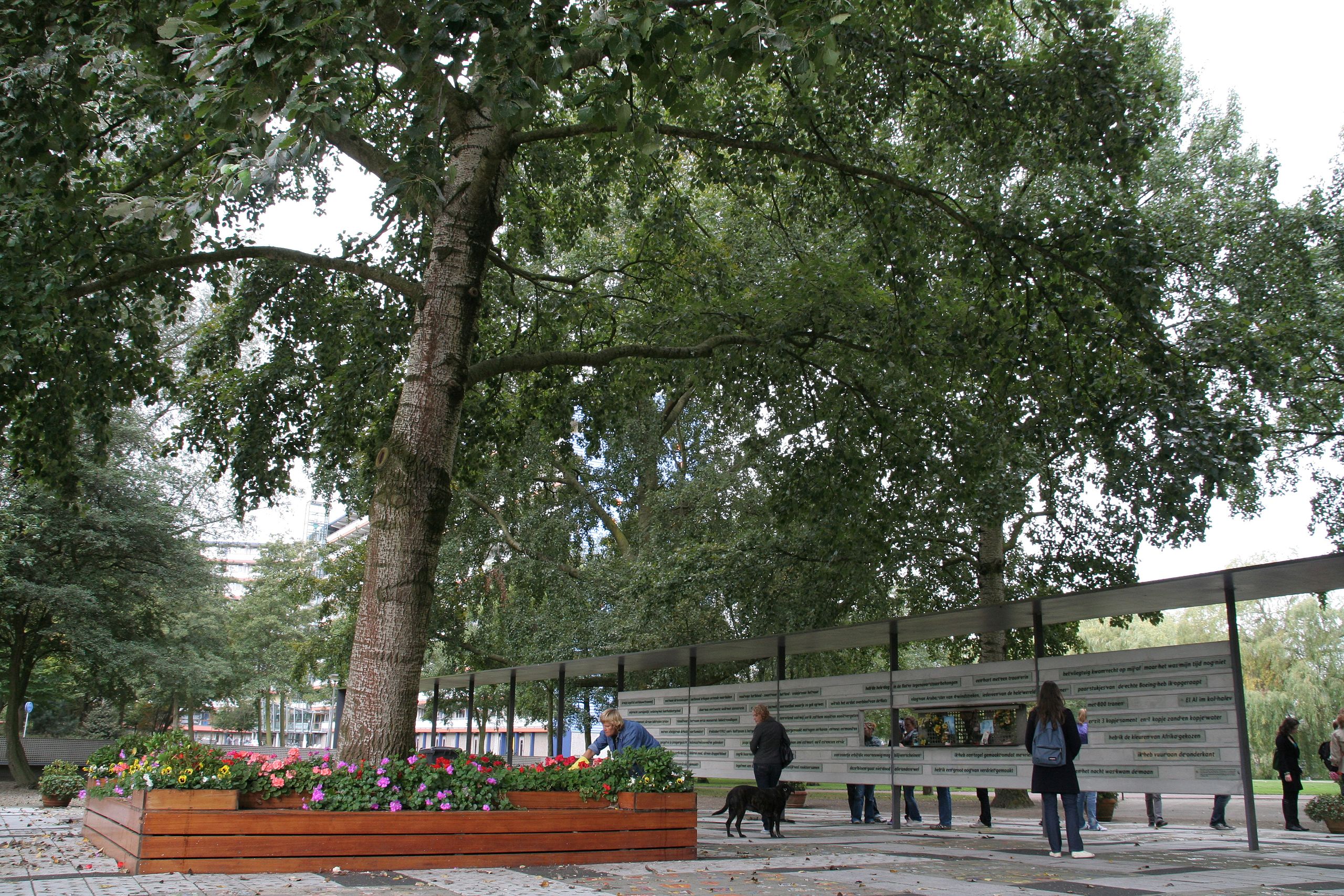I met Benjamin Vogt when he was the keynote speaker at the Land and Water Summit here in Albuquerque a few years ago… perhaps 2017, 2018… sometime around then. I was inspired by his sincerity, the clarity of his vision, and his really beautiful photographs. I signed up to receive his emails even though the New Mexico ecosystems, as many and as varied as they are, can’t really be confused with the mid-west prairies, more specifically Nebraska, that Vogt calls home. Dorothy’s comment to Toto “I’ve a feeling we’re not in Kansas anymore” could certainly describe most of the arid southwest.
Vogt’s most recent thoughts that showed up in my mail this morning ask about the point of ‘no mow May’ and questions its value versus its appeal to the lazy homeowner who is attracted to a month off from mowing the lawn. I recommend reading the article here and, if you haven’t already, signing up for his newsletters.
But perhaps what captured my imagination more in this email, was the idea of a plant sociability index. That blog post can be read here. The index he suggests, while mentioning that others can certainly be found, looks like:
“A commonly-used sociability rating or index may go something like this:
1 — the plant is primarily a behaved clumper that stays where it is, only growing in stature over time
2 — the plant will creep or self sow lightly
3 — creeping is moderate or self sowing is more liberal but it won’t take over
4 — give it 5 years and the plant will easily dominate the landscape”
He does include a plant list, marginally appropriate for a place like Albuquerque, but it seems like some quality time spent in your yard should give you some ideas on which plants are which.


 I wrote about the tree that owns itself and just learned about the tree that saw everything… Some trees really seem to get around. Or perhaps it’s more that they are where they are when something happens.
I wrote about the tree that owns itself and just learned about the tree that saw everything… Some trees really seem to get around. Or perhaps it’s more that they are where they are when something happens.